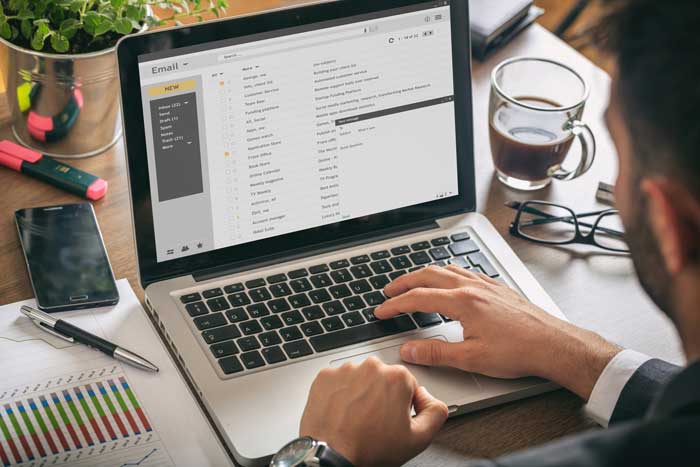With email marketing its important to think about the intent of users, why people buy
rather than just talking price.
With 306 billion emails sent every day, it is essential to make sure that email subject lines grab user’s attention and are focused rather than being just another offer. Think about your target audience, the value you can add and how to make them aware of the services you offer.

How to make email marketing useful
Does your newsletter sign up section on your website tell people what they can expect to
and resonate by adding value. Ultimately, be more subtle about selling.
Secondly, is the click through rate, what percentage of users are clicking through to your website. Third is your conversation rate, but it’s not always about what you sell, it could be who converts and signs up for a webinar for example.
Next look at the bounce rate, a hard bounce is an invalid email address which needs to be deleted. A soft bounce is where their inbox is full which should be monitored to avoid a high bounce rate and avoid getting blacklisted.
Finally, measure your overall ROI, email marketing is generally free but if it’s not generating a tangible benefit or return on investment, you need to ask why you are
A/B testing email marketing
results. Here’s a checklist for A/B testing:
Email marketing top tips






